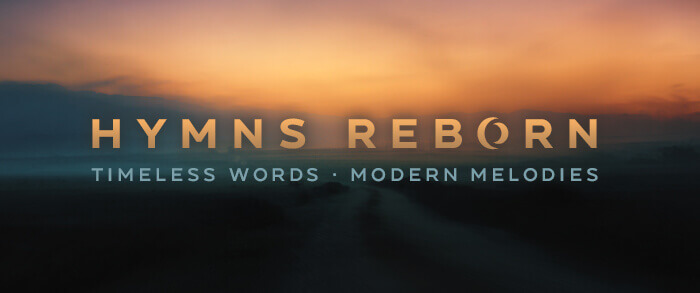by Don Chapman
For years I’ve occasionally rewritten melodies for classic hymns (This Is Christ the King, Lead Me to Calvary and My Blessed Redeemer have been some of my favorites), but it wasn’t until recently when I created Hymndex.com that I started to focus more on it.
At Hymndex.com I’m creating biographies of popular hymnwriters. An interesting thing happened – as I’ve researched their fascinating lives I’ve often become so inspired that a new melody would flow out of their lyrics as a musical tribute to them and their legacy. I’m calling this new line of music “Hymns Reborn.”
Why Write New Melodies?
Why create new melodies for the hymns? Because sometimes the most profound truths get trapped behind musical barriers. Those incredible lyrics from years ago carry timeless power, but they’re wrapped in melodies that speak the musical language of gas lamps and horse-drawn carriages. There’s nothing wrong with that – those tunes were perfect for their generation. But when a melody feels foreign to today’s worshipers, it can create distance between hearts and the truths they need to hear.
For over twenty years here at Hymncharts.com I’ve been updating the arrangements of classic hymns. But these new melodies take this idea a step further. By composing a musical structure that mirrors today’s modern worship, Hymns Reborn songs will often sound very similar to the top CCLI songs your congregation already loves.
Think about Casting Crowns’ wonderful Glorious Day – it’s essentially the hymn Living, He Loved Me set to a contemporary melody. When you hear those familiar lyrics sung to a fresh tune, they take on new life. You find yourself thinking about words you’ve been singing for years in a completely different way. Hymns Reborn isn’t about rejecting tradition, it’s about carrying it forward and inviting fresh ears to hear these ancient words come alive again.
New Tunes Are Nothing New
Here’s something that might surprise you: hymns were never meant to be locked to a single melody! Today, when your favorite worship artist writes a new song, the melody and lyrics are inextricably linked. But that’s not how hymns traditionally worked. Did you know they’re designed to be sung with different tunes? That’s exactly what the metrical index in your hymnal is all about. It shows you a variety of tunes available for any hymn’s lyric meter.
During the golden age of hymnwriting, hymns often started as poems that various composers would set to music. Sometimes multiple composers would create completely different melodies for the same lyrics. As these hymns have persisted through time, typically one melody became dominant, and we began thinking of them like modern songs with fixed tunes.
We still have classic examples where multiple tunes coexist:
- All Hail the Power of Jesus’ Name is sung to both CORONATION (common in the U.S.) and DIADEM (popular in England and Australia).
- Come, Thou Fount of Every Blessing appears in hymnals set to NETTLETON and WARRENTON.
By composing new melodies, I’m offering a fresh alternative that goes a step beyond the traditional metrical index approach. While your hymnal might list three interchangeable tunes for a hymn, Hymns Reborn takes some creative liberty. I may tweak a word here and there to better fit the new melody, crafting something that’s more than just a tune swap but less than a complete rewrite.
A Living Tradition
In no way do I think these new melodies should replace your congregation’s favorite originals. Much like your hymnal’s metrical index suggests alternative tunes, think of Hymns Reborn as simply another melody you could choose for a hymn.
My prayer is that these fresh melodies will offer worship leaders another option for incorporating the rich theological depth of classic hymns into their worship sets. I’ve crafted each new melody with respect, passion, and a heart for continuity. When we give timeless truths a contemporary voice, we’re not abandoning our heritage but helping it continue to shape the next generation of worshipers.



